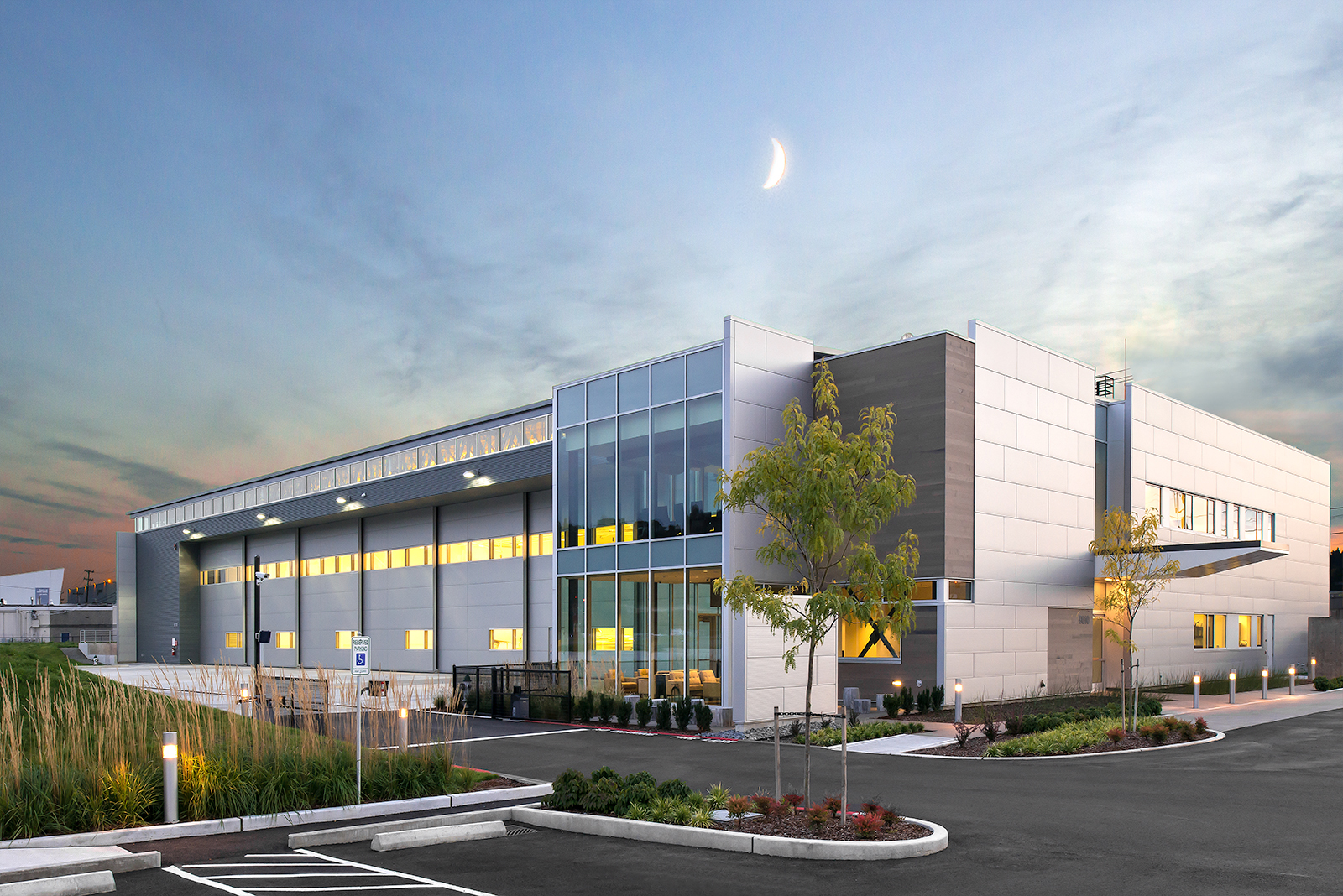Investing in commercial real estate can be highly lucrative, but it requires careful consideration of various factors. In this article, we will explore the best commercial real estate markets and provide insights for investors looking to make informed decisions.
Understanding the trends shaping this market is crucial for success, whether you’re a seasoned investor or just starting out. By analyzing data and expert opinions, we aim to equip you with valuable insights and strategies to navigate the complex world of commercial real estate investing.
Brief Explanation of Commercial Real Estate and Its Significance in Investing
Commercial real estate refers to properties used for business purposes, such as office buildings, retail spaces, warehouses, and apartment complexes. Unlike residential real estate, commercial properties generate income through leases or rentals.
Investing in commercial real estate offers advantages such as a steady cash flow from rental income, potential tax benefits, long-term appreciation, and protection against inflation. However, navigating this market requires understanding current trends and identifying high-growth markets.
In summary, investing in commercial real estate provides a reliable income source and the potential for financial growth. It is essential to stay informed about market trends and choose promising investment opportunities to maximize returns.
Impact of Technology on Office Spaces and Retail Shopping Experiences
Technology has revolutionized office spaces and retail shopping experiences. With remote work on the rise, businesses are adopting flexible arrangements and downsizing physical office spaces. This shift promotes collaboration and innovation while reducing costs.
In retail, online competition has prompted stores to incorporate experiential elements like interactive displays and personalized services to attract customers seeking unique experiences. Technology also streamlines inventory management, ensuring products are readily available both online and offline.
Overall, technology continues to shape how businesses operate and interact with customers, enhancing efficiency and creating personalized experiences.
Shifts in consumer behavior and demand for experiential retail spaces
Consumer preferences have shifted towards experiences over products, leading to a rising demand for experiential retail spaces. Retailers are now focusing on creating immersive environments, hosting events, and providing entertainment to attract customers. Malls are incorporating cinemas, arcades, and indoor theme parks to entice visitors.
By offering memorable experiences, retailers can drive foot traffic and increase sales. Technology has also revolutionized these spaces, allowing for interactive displays and virtual reality experiences that engage consumers in new ways.
In response to this shift, retailers are curating unique atmospheres that foster a sense of adventure and provide personalized interactions with products. Overall, the demand for experiential retail spaces is growing as consumers seek out memorable and engaging shopping experiences.
Rise of Remote Work and Its Effects on Office Space Demand
The COVID-19 pandemic has accelerated the adoption of remote work. Companies are realizing the benefits, like cost savings on office space and increased employee satisfaction. As a result, the demand for traditional offices has decreased while flexible co-working spaces have become increasingly popular.
These spaces offer a collaborative environment with shared amenities and networking opportunities, catering to the needs of remote workers and small businesses. The rise of remote work is reshaping the office space landscape, emphasizing flexibility and community in workspace choices.
Growing Focus on Sustainability and Eco-Friendly Buildings
The commercial real estate industry is increasingly prioritizing sustainability and eco-friendly practices. Investors now value properties that minimize environmental impact and maximize energy efficiency.
Green building certifications like LEED are essential criteria for evaluating commercial properties. Sustainable features such as solar panels, green roofs, efficient insulation systems, and water-saving fixtures not only benefit the environment but also reduce operating costs over time.
Solar panels harness the sun’s energy to generate electricity, reducing reliance on traditional sources and lowering carbon emissions. Green roofs regulate temperature, improve air quality, and absorb rainwater. Efficient insulation reduces heating and cooling costs while enhancing occupant comfort.
Water-saving fixtures conserve water resources and lower utility expenses.
As the focus on sustainability grows, we can expect more innovative solutions in commercial real estate that contribute to a greener future.
Influence of economic factors such as interest rates and inflation
Economic factors like interest rates and inflation have a significant impact on the commercial real estate market. When interest rates are low, borrowing costs decrease, stimulating investment in commercial properties. Additionally, as prices rise due to inflation, the value of tangible assets like real estate tends to appreciate.
Investors often see commercial real estate as a hedge against inflation because property values typically keep pace with or outperform inflation rates in the long run. Understanding these economic influences is crucial for making informed decisions in the dynamic commercial real estate landscape.
Emergence of Alternative Investment Options like Co-working Spaces
Co-working spaces have emerged as a popular alternative investment option, offering potential for high returns and flexibility. These spaces cater to the growing demand for affordable and collaborative work environments, attracting entrepreneurs, freelancers, and remote workers.
With shared amenities and networking opportunities, investing in co-working spaces provides an attractive solution for professionals seeking versatile workspaces. This trend reflects the changing nature of work and offers investors a unique opportunity to diversify their portfolios while capitalizing on evolving work trends.
[lyte id=’sqfXQYgaLQg’]






